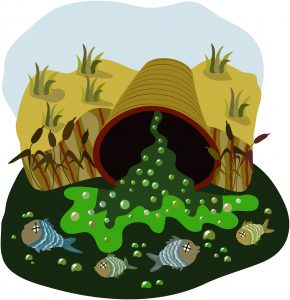 Hazardous Waste Inspections
Hazardous Waste Inspections
There are several different types of hazardous waste inspections involving :
- Planned Inspections to evaluate certain industry types (Small quantity generators or Large quantity generators)
- Complaint Inspections
- S. EPA Inspections
Inspectors look at Used Oil waste, hazardous waste and universal waste. Hazardous Waste requires “Cradle to Grave” Management:
Generator è Transporter èTreatment/Storage/Disposal Facility (TSDF)
What Happens During a Hazardous Waste Inspection?
- Entrance Meeting (go over purpose of the inspection, process description and documents to be reviewed)
- Facility Walk Through (looking at process operations, waste generation points, waste accumulation areas, and emergency equipment)
- Records review (waste evaluation information, Manifests/LDR forms, Inspection logs, personnel training records and contingency plan)
- Exit Meeting (discuss compliance or violations found, measures to correct violations, areas requiring further information and compliance assistance information)
How to be prepared for a Hazardous Waste Inspection:
- Ensure all wastes have been evaluated
- Be sure Hazardous Waste, Used Oil and Universal Waste is properly managed
- Maintain emergency response and communication equipment
- Be sure hazardous waste-related documents are available (ie. manifests, inspection logs, personnel training records, contingency plan, etc.)
Common Violations are:
- Failure to have waste evaluated
- Unlawful treatment, storage and disposal of hazardous waste
- Waste incompatibility
- Hazardous Waste container management is poor (no labeling, failure to records accumulation start dates, containers are open, poor container condition, improper aisle space)
- Incorrect packaging and labeling of universal waste
- Improper used oil labeling or releases
- Manifests are improperly completed and lack of ‘return to generator’ copy
- Container inspections and emergency equipment inspections not completed
- Personnel training is incomplete (lack of job titles, job descriptions and type and frequency of training. Initial and annual refresher training required.)
- Contingency plan not updated to reflect changes to facility or personnel
After the Inspection:
The company will receive a compliance letter or a notice of violation letter (NOV). The Notice of Violation will describe the violations, how to correct them and a timeframe for correction. Respond in a timely manner so the company is not turned in for enforcement action.


